Monsters of Verity - Tome 1 This Savage song
Extraits

Religion
The Policies and Politics of Pope Pius XII
08/2011
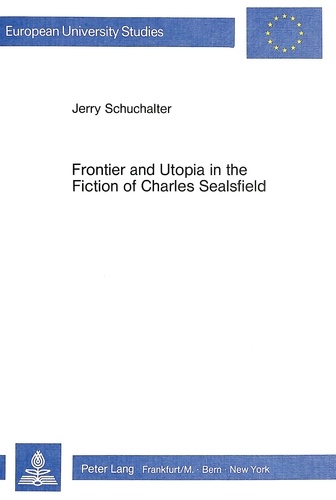
Non classé
Frontier and Utopia in the Fiction of Charles Sealsfield
12/1986

Monographies
Luigi Pericle : A Rediscovery
10/2022
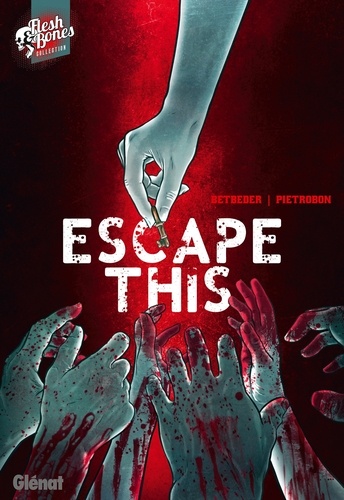
Comics
Escape This
04/2018

Manga
Monster Soul Tome 1
09/2010

Mondes fantastiques
Monster Club Tome 1
06/2023
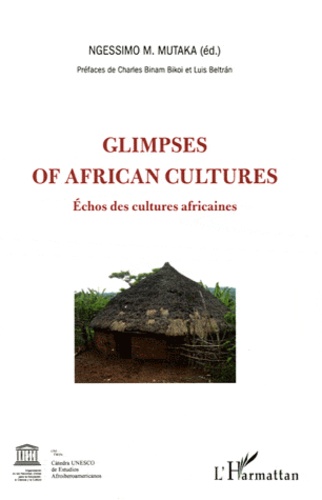
Ethnologie
Glimpses of african cultures. Echos des cultures africaines, Edition bilingue français-anglais
04/2011

Histoire et Philosophiesophie
Thinking about Physics
01/2000
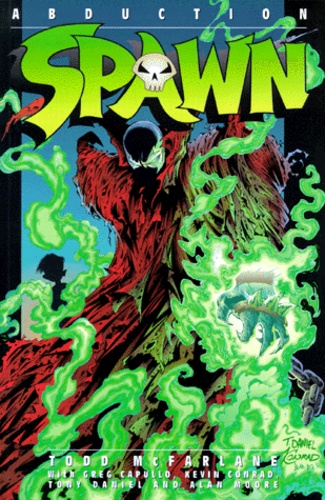
BD tout public
SPAWN : ABDUCTION
03/1999
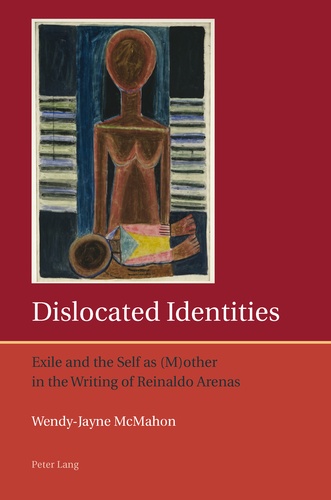
Non classé
Dislocated Identities
04/2012
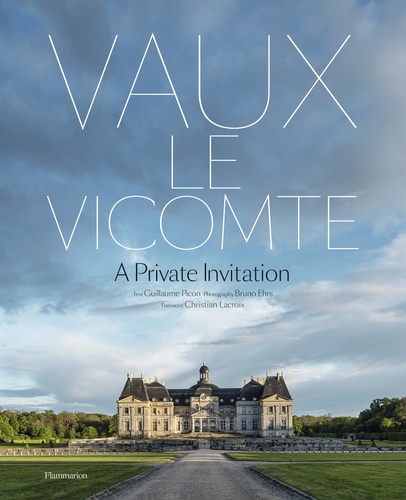
Monographies
Vaux-le-Vicomte. A Private Invitation
09/2021

Romance sexy
Sons of Hell. Tome 1, Reaper
03/2024

Beaux arts
Italian Maiolica and Other Early Modern Ceramics in the Courtauld Gallery
03/2023

Non classé
Proserpina</I>"
12/2008
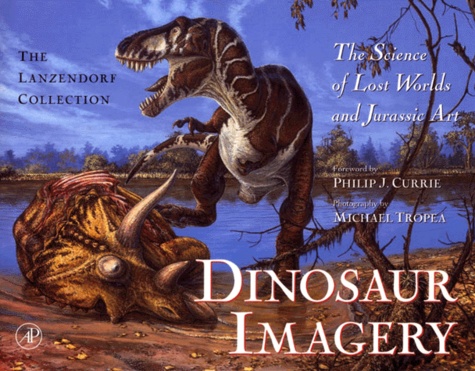
Sciences de la terre et de la
Dinosaur imagery. The Science of Lost Worlds and Jurassic Art, The Lanzendorf Collection
05/2000
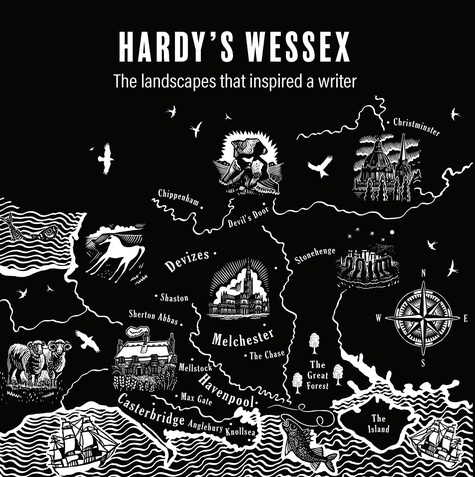
Monographies
Hardy's Wessex. The landscapes that inspired a writer
06/2022
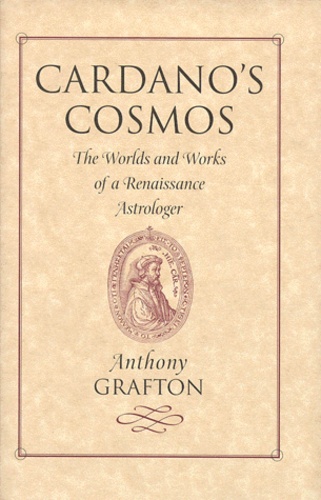
Sciences de la terre et de la
CARDANO'S COSMOS. The Worlds and Works of a Renaissance Astrologer
01/1999
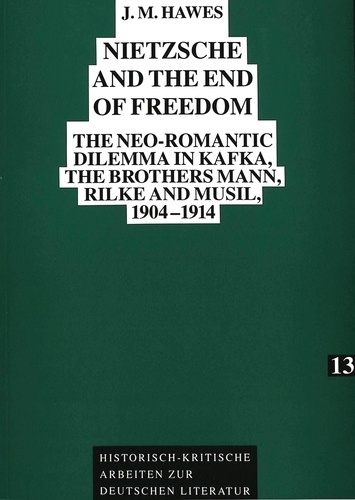
Non classé
Nietzsche and the End of Freedom
07/1993

Beaux arts
Klee. Edition en langue anglaise
01/1992
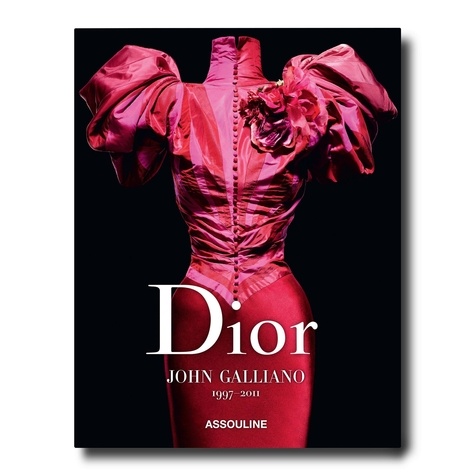
Monographies
Dior by John Galliano (édition française). 1997-2011
03/2022

Philosophie
Issues in the Philosophy of Language Past and Present
11/1999
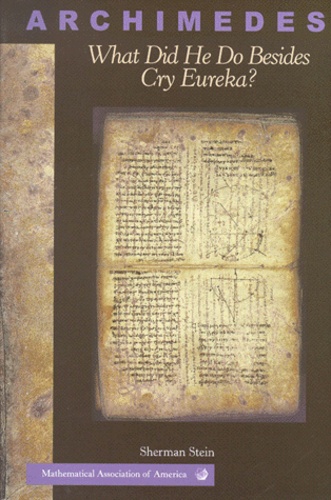
Histoire et Philosophiesophie
ARCHIMEDES. What Did He Do Besides Cry Eureka?
01/1999
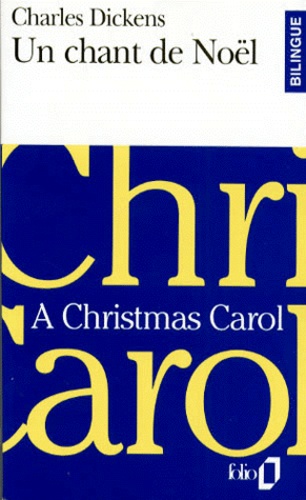
Anglais apprentissage
A Christmas carol
09/1997

Beaux arts
Magritte. Edition en langue anglaise
01/1984
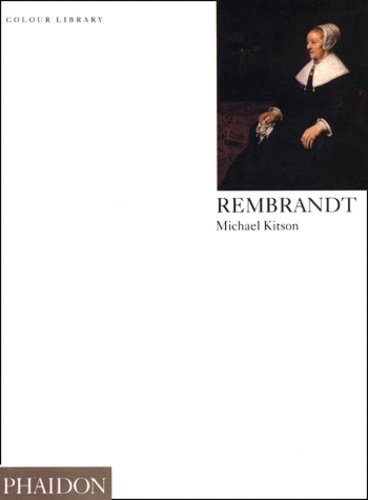
Beaux arts
Rembrandt. Edition en langue anglaise
01/1992
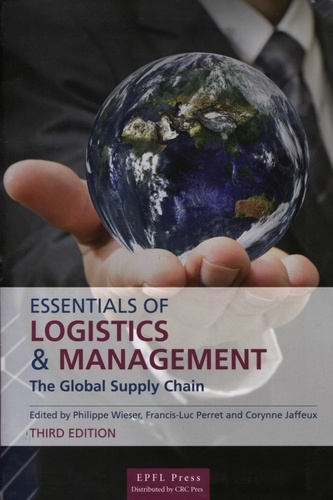
Littérature française
Essentials of Logistics et management. The Global Supply Chain.
01/2013
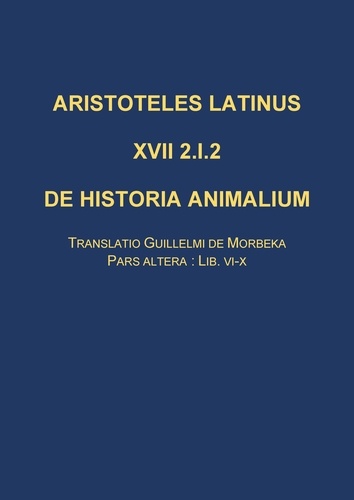
Aristote
De historia animalium. Translatio Guillelmi de Morbeka, Pars altera: lib. VI-X. Edition bilingue anglais-latin
05/2021
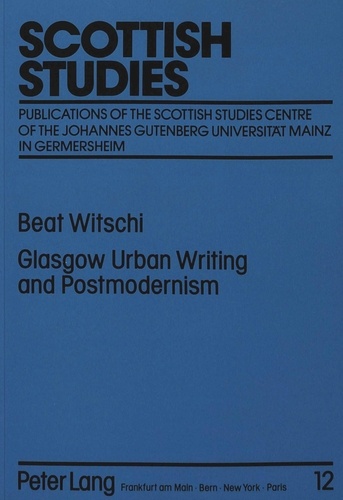
Religion
Glasgow Urban Writing and Postmodernism
04/1991

Non classé
Ambivalence and Irony in the Works of Joseph Roth
12/1984

Non classé
Thomas Carlyle 1981
12/1982

